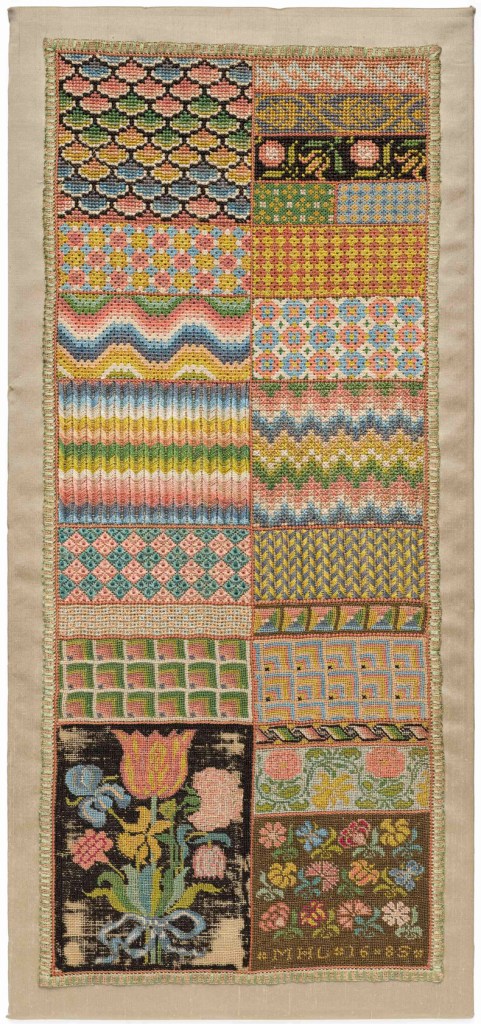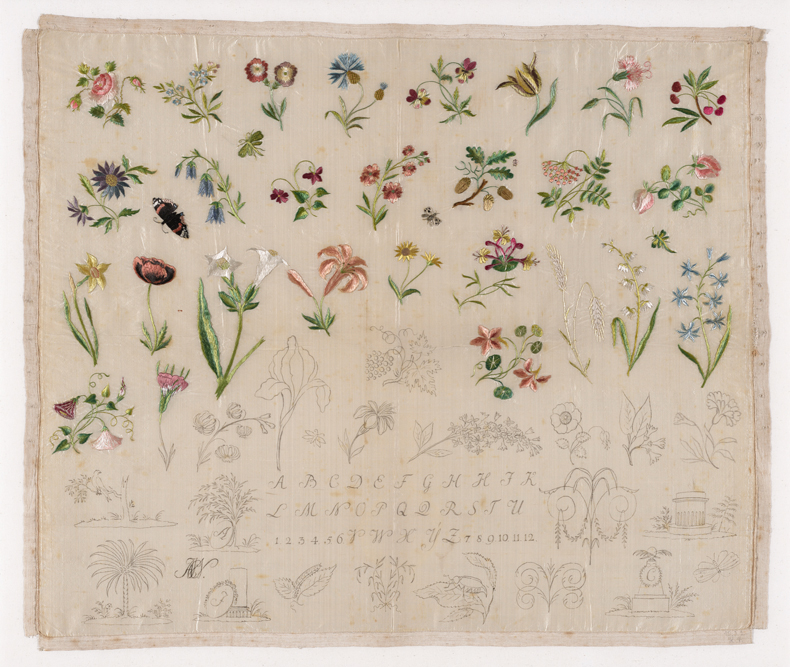Embroidery samplers were not meant to be works of art: between the 14th and the 18th century they were intended as tools of instruction to help show aspiring needle-workers what part of a finished work might look like. Though they retain this function today, samplers became recognised as objets d’art sometime in the 18th century and have since entered the collections of major museums around the world. The de Young in San Francisco is one such institution, and this exhibition brings together European embroidery samplers from the museum’s collection to tell a story of social, political and economic change on the continent between the 17th and the 19th centuries (29 November–24 May 2026). Highlights include a 19th-century sampler that features a butterfly amid a variety of delicately rendered plants, embroidered in silk on plain silk weave.
Find out more from the Fine Arts Museums of San Francisco’s website.
Preview below | View Apollo’s Art Diary



